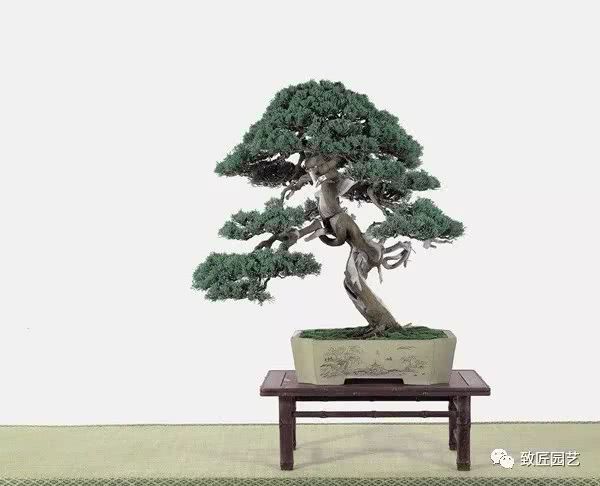Taiwan Bonsai in its Own Form

Taiwan bonsai is influenced not only by Lingnan School, but also by Japanese potted plants, which is different from the "storing branches and cutting dry" of the Southern School and the "flat dry tie piece" of the Northern School, advocating simplicity and vitality, elegance and nature. Commonly used tree species are: black pine, banyan, five-needle pine, cypress, camphor, park, hibiscus, maple and so on.
Due to historical reasons, the relationship between Taiwan bonsai and Japanese bonsai is particularly close. Taiwan bonsai is invited to participate in the annual bonsai exhibition in Japan, so that the main modeling styles of Taiwan bonsai imitate and are born from the Japanese bonsai style. but strive to maintain the traditional style of Chinese bonsai (especially Lingnan school). The shape of Shuligan and Shenji, which originated in Japan, occupies a prominent position in Taiwan's real cypress bonsai, and has expanded from pine and cypress to other tree species. The "styling wood" style, which is greatly influenced by Japanese potted plants, is dignified, stable, and even a little "domineering". The sturdy type can be regarded as the dwarfing of towering trees, with a rigorous structure and great skill, which is quite representative in Taiwan bonsai. Others, such as jungle style, overhanging rock style, etc., are closer to Lingnan style, let nature take its course, take advantage of the situation, not stick to one style, and endow it with new ideas.
Wonderful content
- Prev

How did the strange theories of paying others to raise children and not having children to pay more taxes come from?
These days, the debate about giving birth is moving towards the best part of a new wave. First, Xinhua Daily published an article suggesting the establishment of a fertility fund system, suggesting that citizens under the age of 40, regardless of men and women, must pay a certain proportion of their wages to the fertility fund every year. Such as Gong.
- Next

After using the hair dryer for so many years, I found out that I used it wrong today...
Similarly, taking a shower, women are a lot more troublesome than men, also spend three to five minutes more time, men are mainly flat hair, take a shower, wipe a few times with a towel almost dry, can directly go to bed to play with the phone, a few minutes to dry...
Related
- Wuhan Hospital Iron Tree Blooming Result Was Instantly Frightened by the Gardener Master
- Which variety of camellia is the most fragrant and best? Which one do you like best?
- What is the small blue coat, the breeding methods and matters needing attention of the succulent plant
- Dormancy time and maintenance management of succulent plants during dormancy
- Minas succulent how to raise, Minas succulent plant pictures
- What are the varieties of winter succulent plants
- How to raise succulent plants in twelve rolls? let's take a look at some experience of breeding twelve rolls.
- Attention should be paid to water control for succulent plants during dormant period (winter and summer)
- Watering experience of twelve rolls of succulent plants
- Techniques for fertilizing succulent plants. An article will let you know how to fertilize succulent plants.

